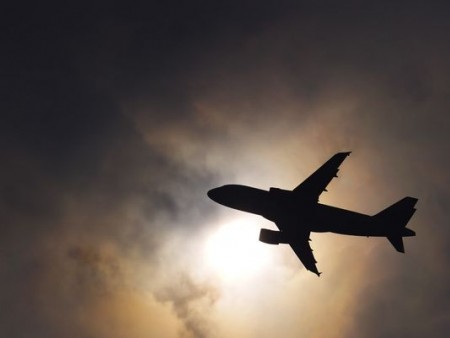February 9, 2016 – At the Paris climate talks greenhouse gas emissions from ships and airplanes were discussed but there was no final agreement on a cap. Now 23 countries including the United States have agreed to standards for the reduction of carbon dioxide (CO2) emissions for the first time for the latter of the two transportation categories. The agreement announced on February 8th in Montreal, was under the auspices of the International Civil Aviation Organization, a United Nations agency.
Why is curtailing airplane emissions so important?
Because of where the emissions occur. A significant portion of the airplane emissions happen at high altitude. These emissions include more than CO2 including nitric oxide (NO), nitrogen dioxide (NO2), sulfur oxides, water and soot. The NO and NO2 emissions impact ozone both positively and negatively. At lower altitudes ozone levels increase and at higher elevations they decline. Soot destroys ozone as well. There also appears to be a correlation between flight density and condensation trails (contrails) and upper atmosphere cloud formation. The association of cirrus clouds and airplanes is said to contribute to 3.5% of another measure of climate change, the radiative forcing (RF) or climate forcing brought on by human activity. Positive RF is a contributor to global warming as greenhouse gases like water vapour and CO2 absorb infrared radiation and emit it into the atmosphere. And then there is CO2 emissions, which have been steadily increasing since the first comprehensive analysis done back in the 1990s. At that time aviation was estimated to produce 1% of all anthropogenic carbon emissions. But increases in air traffic since the 1990s has increased CO2 emissions by 3 to 4% per year with an estimated growth of 400% by 2040. That’s why an agreement was very much needed.
Olumuyiwa Benard Aliu, President of the ICAO Council, described the environmental measure unanimously recommended by 170 international experts convened by the United Nations 36-state Governing Council, stating, “the goal of this process is ultimately to ensure that when the next generation of aircraft types enter service, there will be guaranteed reductions in international CO2 emissions.” He further stated that by enacting such measures, “the projected doubling of global passengers and flights by 2030” can “be managed responsibly and sustainably.”










